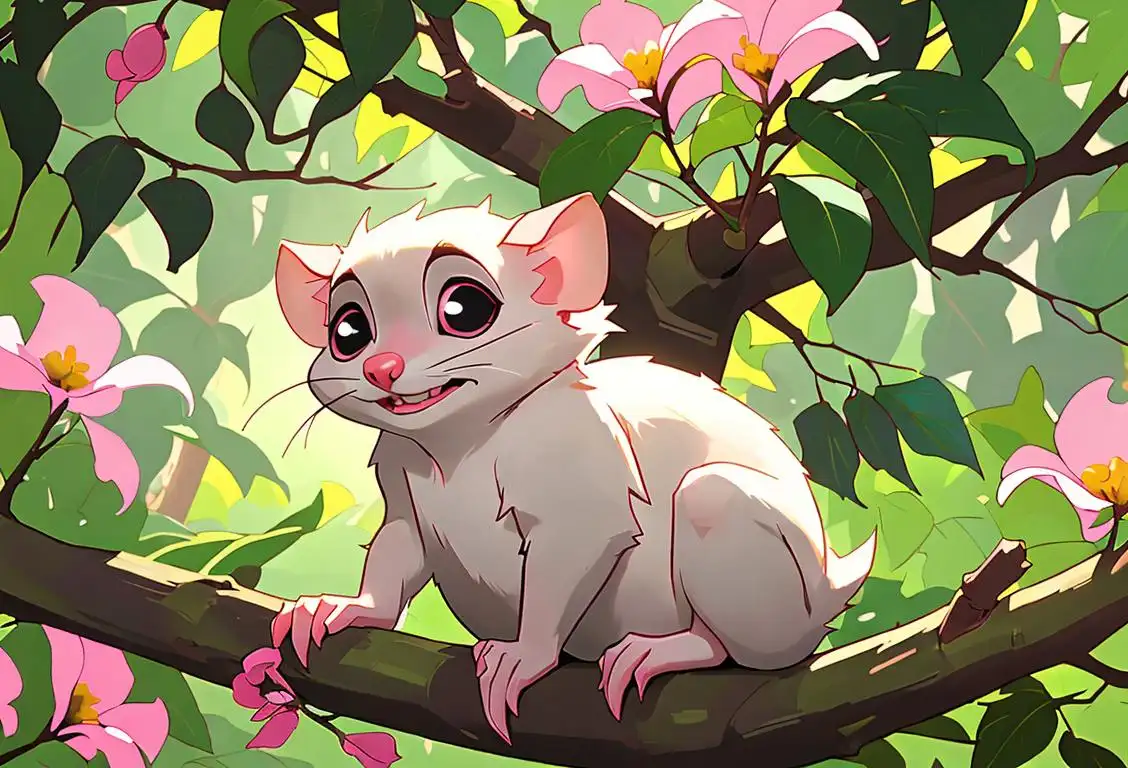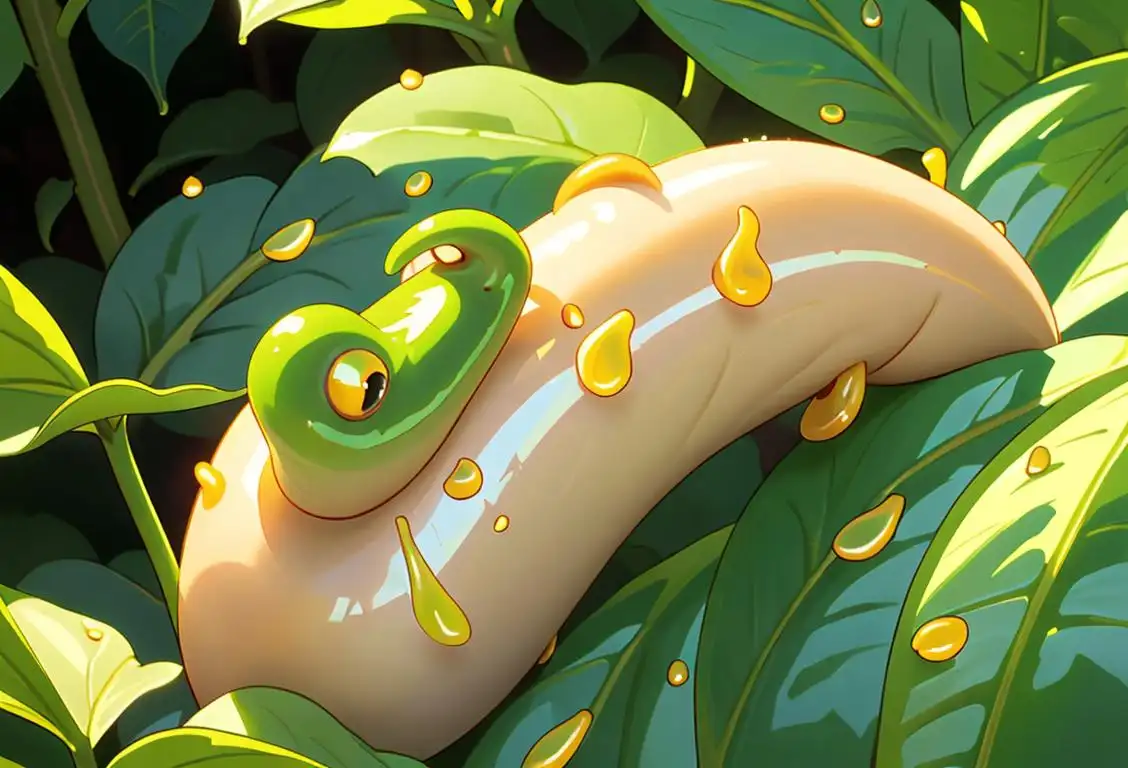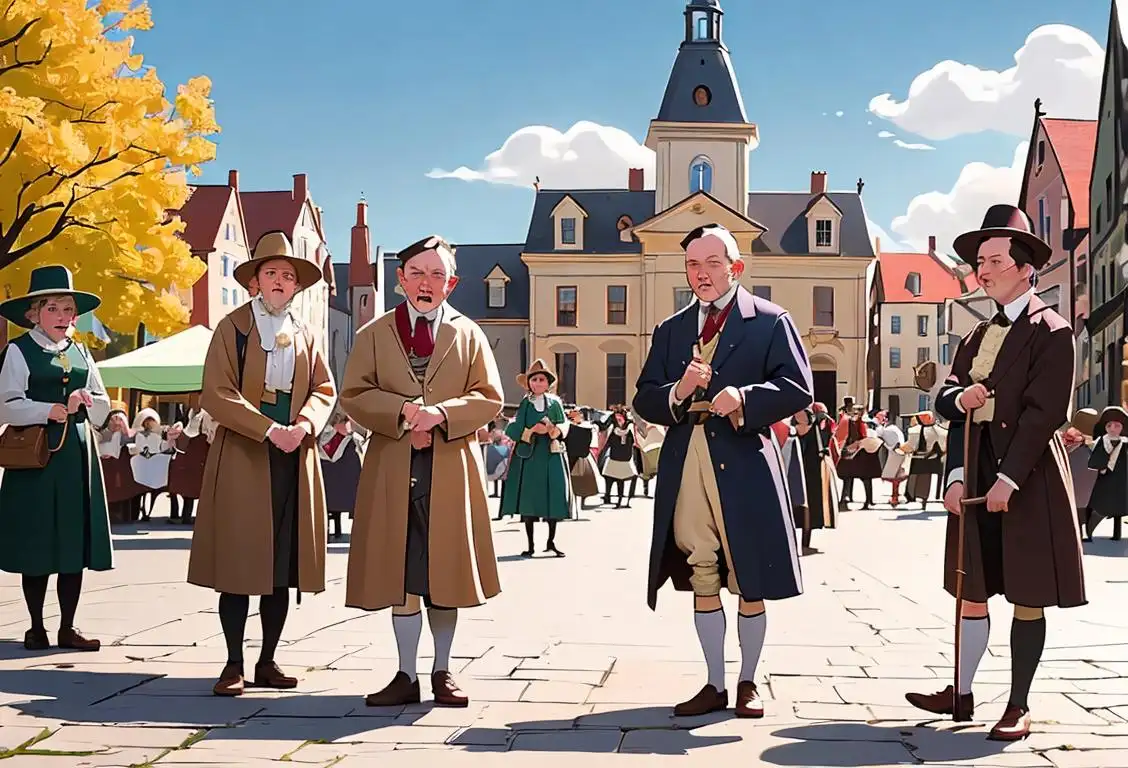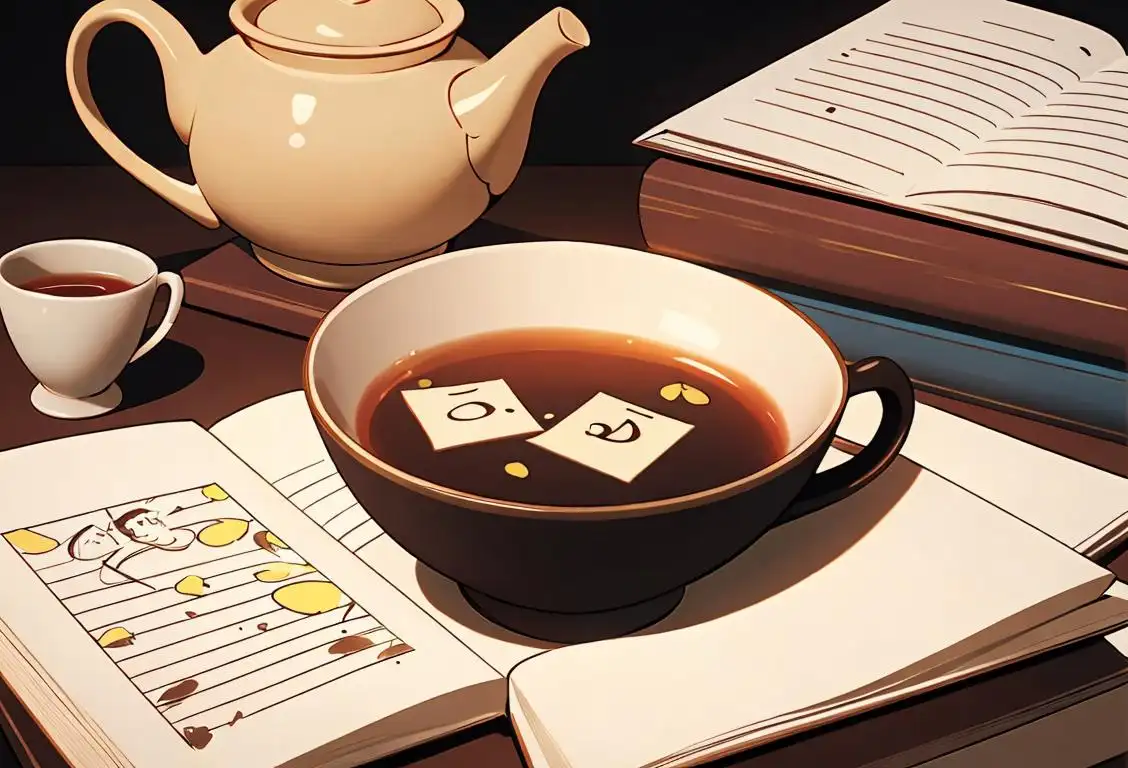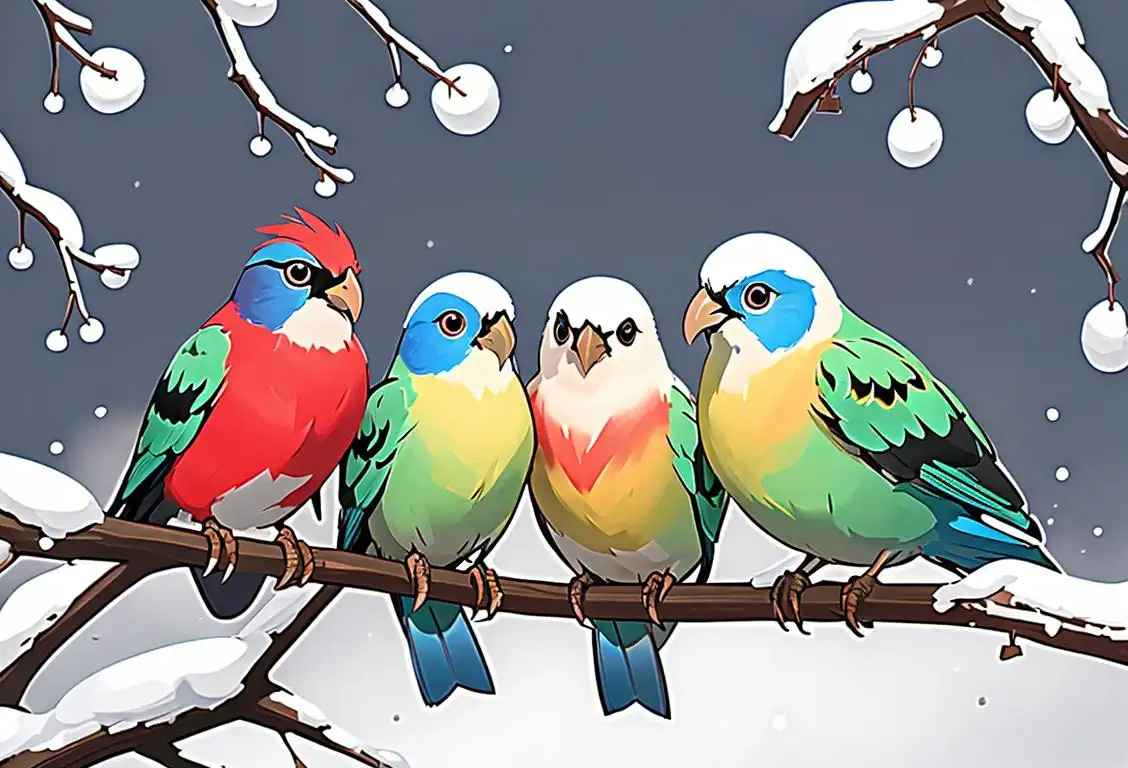National Hedgehog Day
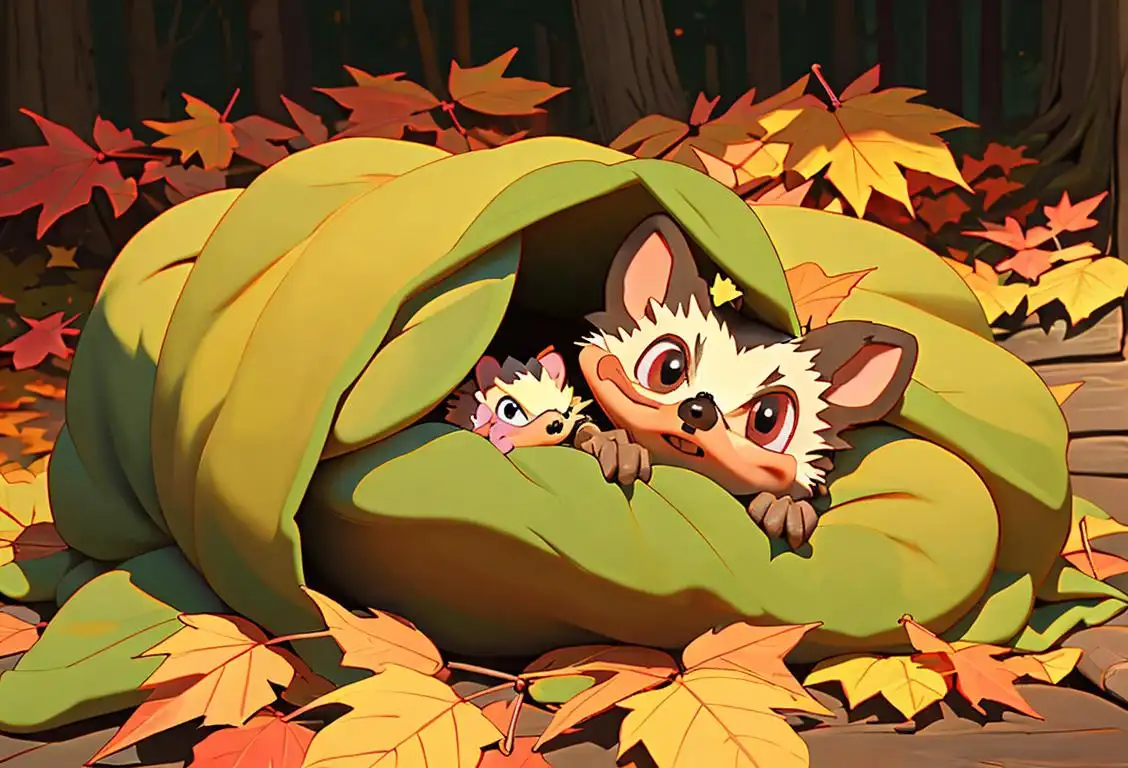
If you thought national days were only restricted to people, food or historical events, well, hold onto your spikes! We're trundling into the shrubbery to uncover something to really prick your interest. Say hello to National Hedgehog Day!
When is Hedgehog Day?
It's national hedgehog day on the 2nd February.
A Prickly Celebration
Ah, hedgehogs. Those loveable, prickly, ball-shaped creatures of the night. National Hedgehog Day is a delightfully unique occasion that saw its peak online presence on the 2nd of February in 2016. But why, you might ask, do these adorable little critters get their own day? Well, why not?!
The Story Behind the Day
A day to celebrate hedgehogs surely surpasses any bizarre thing you know about the internet. The day was created to spread awareness about these interesting creatures. It's also a reminder to respect their habitats and secure garden spaces were they can happily trundle around.
How the Internet Reacted
The internet is known for its love for cats, but hedgehogs got their fair share of the limelight too, with an impressive 2443 mentions in 2016. Social media was flooded with cute sonic-style hedgehog pictures, hedgehog-themed food and apparel as internet dwellers navigated this spiky trend.
Celebrating National Hedgehog Day
The best way to honor this day is to learn about these creatures and take steps to make your backyard more hedgehog friendly. You could build a small hedgehog house, leave some food out or even adopt a hedgehog if you are truly smitten. You might not be able to pet them in the traditional sense, but they still make fantastic companions.
History behind the term 'Hedgehog'
15th century
The Birth of Hedgehog Terminology
In the 15th century, the term 'hedgehog' emerged in the English language. It was derived from the Old English word 'hedgehogga', which literally meant 'hog-like animal that frequents hedges'. This term was coined due to the animal's ability to be found in hedgerows, which were common features in the English countryside. The use of 'hedgehog' to describe this spiky mammal gradually gained popularity and became the standard term.
Late 18th century
Scientific Classification
In the late 18th century, the scientific community became interested in classifying and categorizing organisms. Swedish naturalist Carl Linnaeus classified the hedgehog under the scientific name 'Erinaceus europaeus'. This formal classification system helped establish the hedgehog as a distinct species in the animal kingdom and facilitated scientific research and understanding.
19th century
Rising Popularity in Folklore
During the 19th century, hedgehogs became prominent figures in folklore and literature, particularly in European cultures. They were often depicted as wise and cautious creatures. The Brothers Grimm featured a hedgehog character named Mrs. Hedgehog in their popular fairy tale 'The Hare and the Hedgehog'. This increased exposure in folklore contributed to the hedgehog's cultural significance and popularity.
20th century
Children's Books and Media
The 20th century witnessed the rise of hedgehog characters in children's books and various forms of media. Beatrix Potter's beloved character Mrs. Tiggy-Winkle, a hedgehog, was introduced in 1905. This paved the way for other memorable hedgehog characters like Sonic the Hedgehog, who became a cultural icon in the gaming industry in the 1990s. These depictions of hedgehogs in popular media further cemented their place in popular culture.
Did you know?
Did you know, hedgehogs got their name because of their foraging habits. They root through hedges and other undergrowth, hunting for their favourite food - insects, worms, centipedes, snails, mice, frogs, birds' eggs, carrion, mushrooms, berries and melons. Their pig-like grunts is what gives them the 'hog' in their name.Tagged
awareness fun gardening education wildlife hedgehogsFirst identified
2nd May 2015Most mentioned on
2nd February 2016Total mentions
2443Other days
Hedgehog Day
Possum Day
Slug Day
Mathematics Day
History Day
Student Athlete Day
Grammar Day
Education Day
Teacher Appreciation Day
Bird Day
